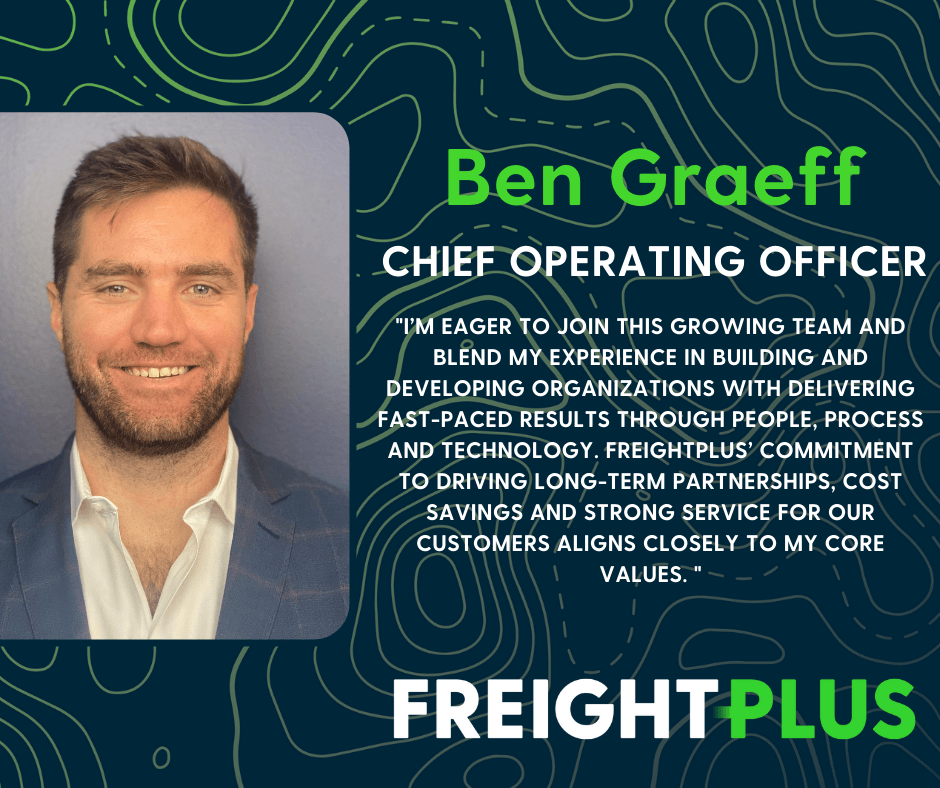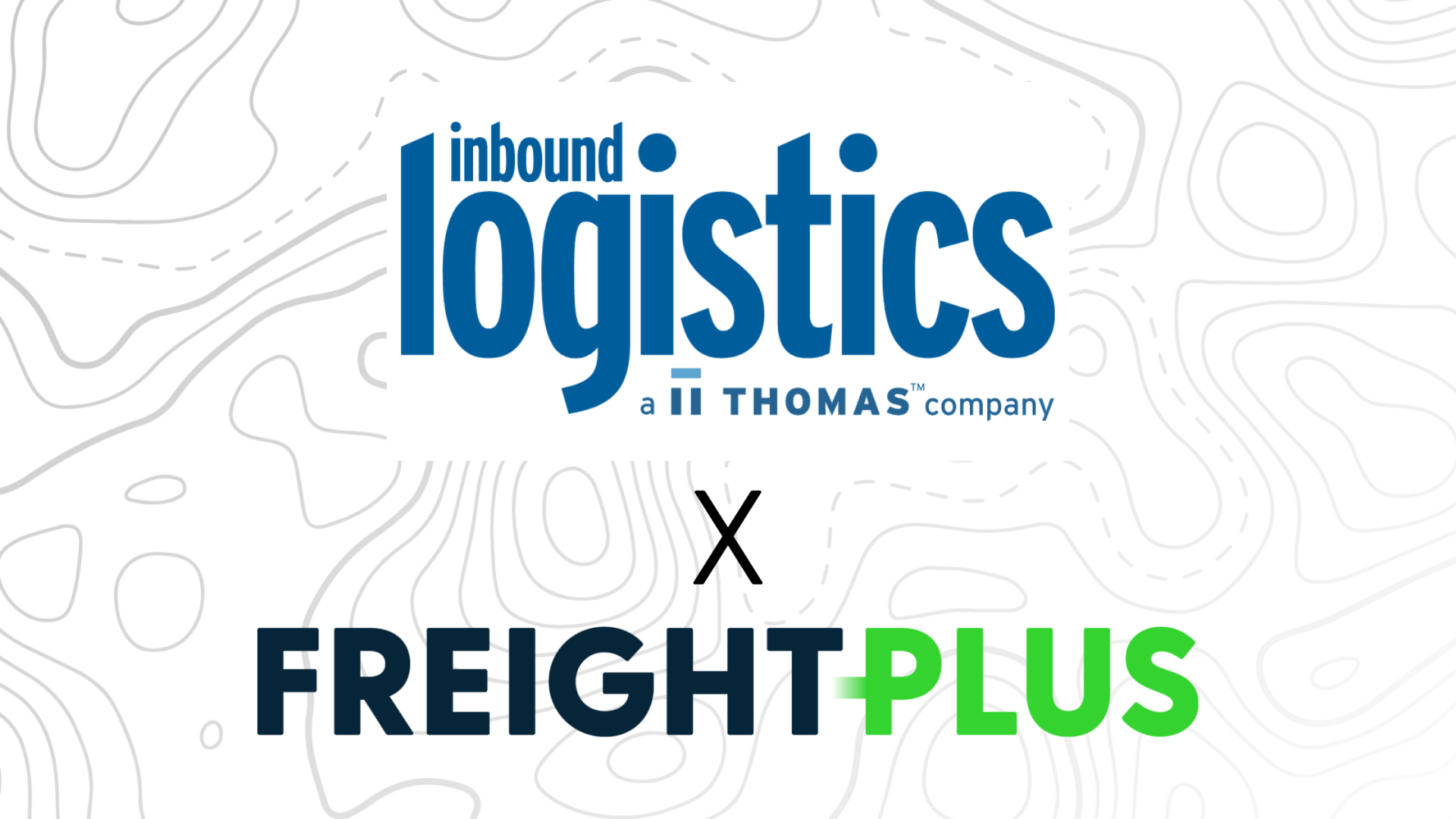How to Prepare Freight for Shipping to Avoid Damages
How to Prepare Freight for Shipping to Avoid Damages
Today we are going to talk about preparing our products to ship. We are not packaging experts so rather than talk about exactly what your packaging should look like we are going to talk about some things that can get you in trouble when you are not preparing freight correctly.
Usually, the freight moving today, whether it is less than truckload or truckload, is shipped on a pallet. A pallet is typically wood or plastic and you put your freight onto the pallet. This is helpful to the carriers because at the unloading and shipping docs you can use a forklift to load or unload the pallets. It is very convenient to ship on pallets but that means you need to be careful how you load them. Today we will talk about some things that can cause problems if you do not prepare your pallets correctly.
Overhang
What we find here is a shipper will build a pallet and they will have an overhang on the pallet. So the pallet stops yet the cartons continue over the end or side of the pallet. This can be a problem for the forklift because he/she that is running the forklift goes to pick up the pallet and the product is in the way, this will cause product damage. Conversely, if the product overhangs on the end it will bump into the ends of the truck or other pallets and this will also cause product damage. So it is really important on pallets not to overhang to avoid product damage, ideally, you will have a few inches on either side of the pallet to protect your product.
Corner boards
Configurations of your cartons usually take up the whole length and width of your pallet, so how do you protect your product? Your corners are susceptible to damage even without any overhang. The way to protect your product is to use corner boards. You run them up the sides of each of the pallets and they help protect the product more than you think they would. They help protect from the rubbing up against other pallets that they are right up next to. Let's be honest if you are running more than 500 miles in a truckload there is going to be some friction in the trailer and you want to protect from that friction and corner boards will do that.
Cardboard
The other thing we want to recommend is that you wrap your product in cardboard around the entire pallet and then put your corner boards in. this will keep your product very safe and protect it from handling damages.
Shrink Wrap
Another big piece to protect your pallets is shrink wrap. The mistake we see most folks make is that they only use one layer of shrink wrap around the pallet. You want to do at least two around these pallets. You also want to make sure that the shrink wrap comes down around the pallets. If you only shrink wrap the product it can shift entirely off the pallet.
We have seen a lot of uptick in claims due to pallets not being prepared correctly in the warehouse.
Overweight
Depending on the products you ship you want to be careful how much eight you put on that pallet. We like to say don't put any more than 2,000 pounds. It does depend on the product you are shipping but as a general notion no more than 2,000 pounds. What happens if you don’t watch the weight is the cases in which freight are falling into itself causing huge amounts of damage to the product. The other mistake that happens is people will put three cartons on a pallet in an LTL environment thinking they have protected their freight. You may find you are better off shipping those loose because if they are light enough they can put it on top of other freight. Although there are many rules against stacking freight carriers still do it. So you will see freight double stackers when it shouldn't be. If your freight can be double stacked let your carrier know because that works in your favor allowing the carrier to utilize more of his/her equipment.
Ways to Protect Product in the Trailer
To protect from breakage we are seeing carriers put in a second floor to protect from breakage. We are also seeing carriers put in airbags in between pallets to protect the freight from itself which has been very helpful. When freight is potentially stacked too high the carrier will put straps attached to hooks in the trailer and wrap it around the freight. This will keep the freight from tipping but if wrapped too tight could damage the freight and cush the cartons it is in contact with. They can also put in plank walls to hold the product in place.
That is all on freight packaging. We hope it was helpful! Thanks for watching!










